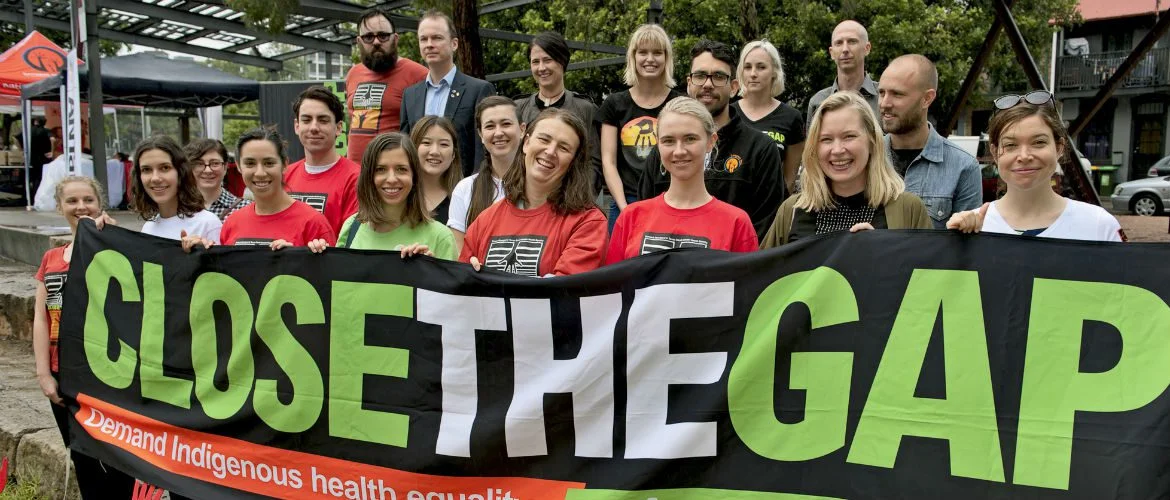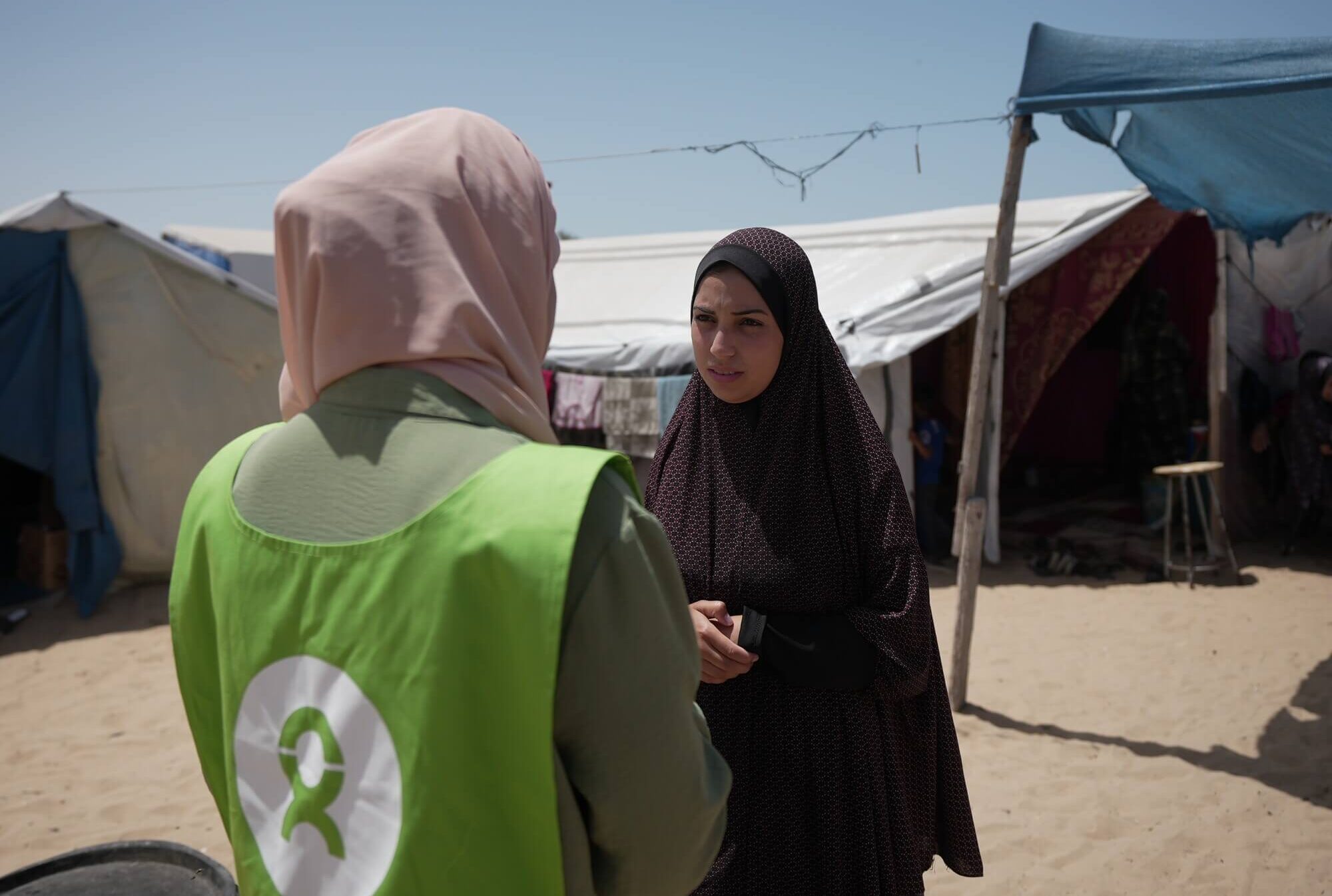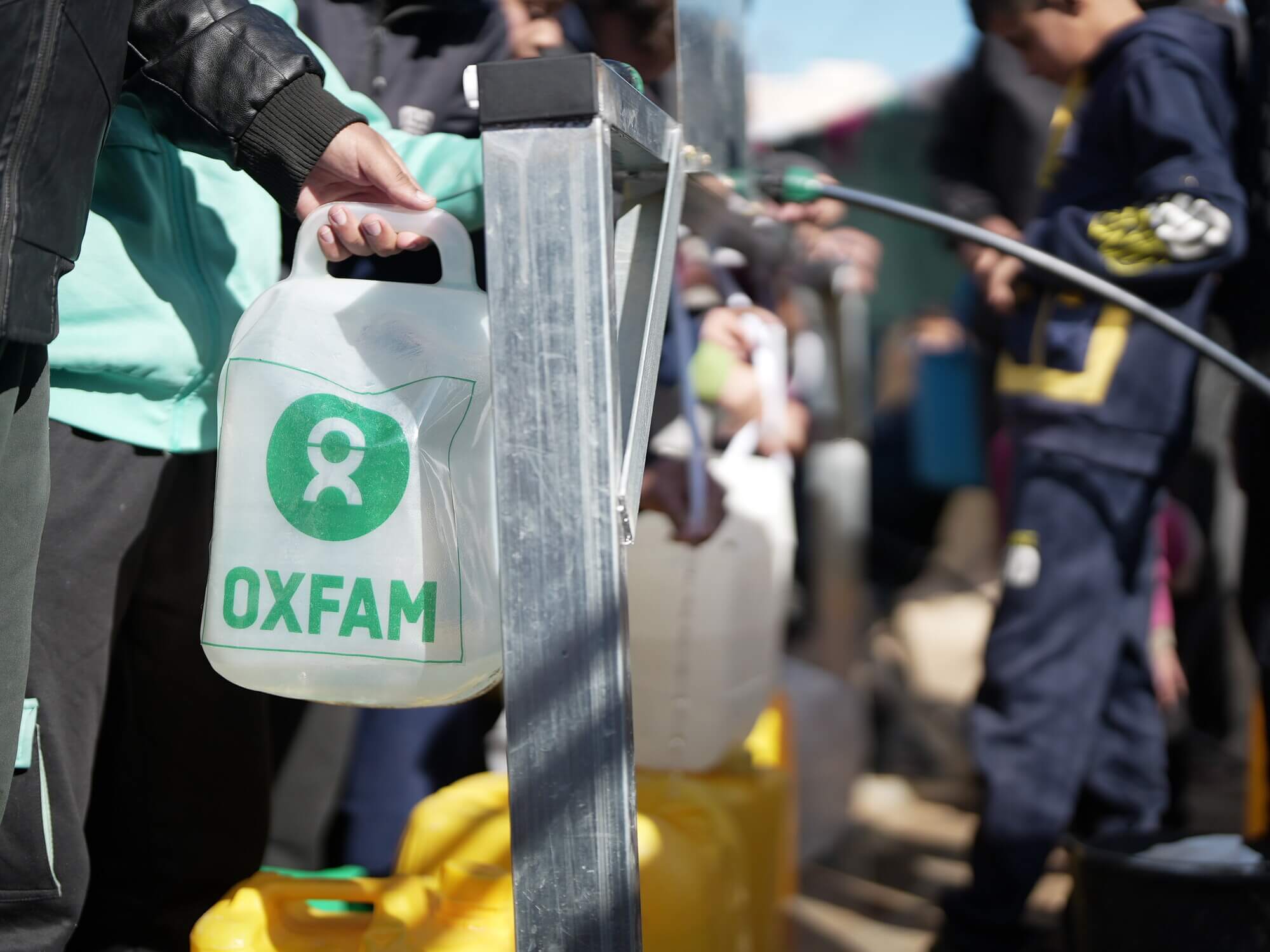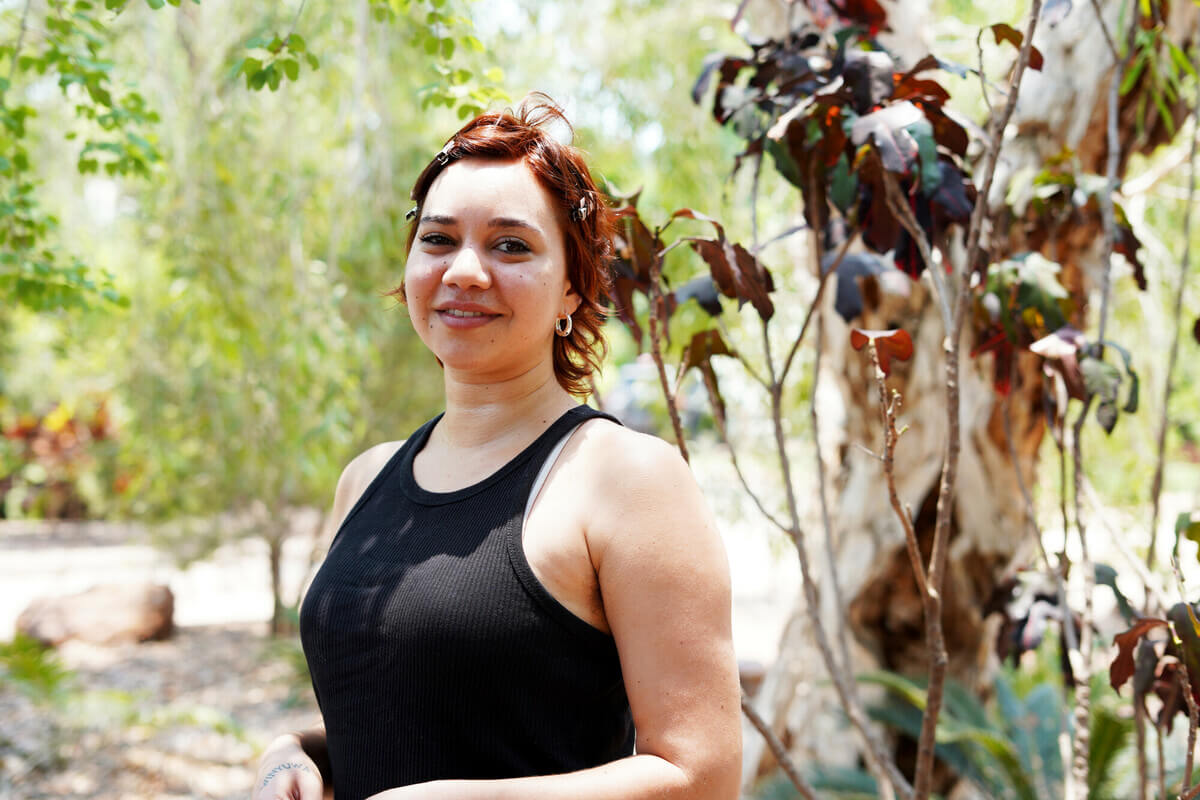By Close the Gap Campaign Lead, Tom Widdup.
We’ve just pulled off another huge National Close the Gap Day. And while it’s fresh in my mind I wanted to tell you what I learnt.
1. The feeling is mixed: sad yet optimistic
I recently asked Close the Gap campaign supporters how they felt about Indigenous health. They told me:
- “Ashamed”, Kate from NSW; and
- “Sad, frustrated”, Theresa from SA
But importantly they also said:
- “Sad, but hopeful,” according to Elizabeth from Victoria; and
- “Committed to supporting wherever appropriate and possible,” said Barbara from NSW
Not many issues stay at the forefront of the public agenda for 10 years. Short electoral cycles, short attention spans, and a bombardment of worthy causes often mean we’re only briefly engaged before the next issue comes along.
But the Close the Gap campaign has defied this pattern.
In the decade since the spotlight was turned on the national disgrace that is our Indigenous health crisis, the Close the Gap campaign has more supporters than ever before.
In 2016, 150,000 Australians took part in National Close the Gap day. And nearly 250,000 people have now signed the Close the Gap pledge.
2. Politicians won’t help fix this issue unless we encourage them
The change we’re trying to make is neither quick nor easy. But it is profound.
To quote Wurundjeri Elder, Aunty Di, it will “lift a tremendous burden from future generations of Indigenous Peoples around the country”.
At a federal, state, and territory level, all of Australia’s major political parties have publicly declared their commitment to Aboriginal and Torres Strait Islander health equality. Since then we’ve also won a commitment from the Australian Government to implement a national plan to close the gap. This includes a commitment to involve Indigenous communities and peak bodies.
But these, while hard won, were unfortunately the easy bits.
Now we need to stay on the case. We need to ensure a long-term approach is taken by our political leaders and that — amongst other things — they allocate ongoing funding to close the gap.
Funding is not the only ingredient, but it’s a critical one.
3. The health crisis in Indigenous Australia is still a disgrace
Ten years into the campaign, recent statistics on Aboriginal and Torres Strait Islander health tell a bleak picture.
The Bureau of Statistics states the difference in Indigenous and non-Indigenous life expectancy across Australia is still more than a decade.
But if that’s not bad enough, it’s important to remember that in some parts of the country the difference is in excess of 20 years.
Across many of the measures of health and wellbeing — including chronic and curable illnesses, mental health, and suicide rates — the health gap is still huge.
A health professional reminded me recently that this is to be expected. Closing the gap will take time. We just need to keep tackling this crisis.
4. Many of the answers to this crisis are already known
The health crisis facing Aboriginal and Torres Strait Islander Peoples is serious: very serious.
But it’s not insurmountable. And it’s the people most affected by this crisis that have the answers.
The Close the Gap campaign has long called for governments to work in genuine partnership with Indigenous communities to identify both the levels of need and the solutions.
The Aboriginal community-controlled health sector is a tremendous example showing how locally tailored, culturally appropriate health care is a big part of that solution: being both cost-efficient, and effective.
5. We can overcome the supposedly insurmountable
Sometimes the really profound injustices of the world can seem just too hard to fix.
When the Close the Gap campaign started many saw Indigenous health as being in the too hard basket: the gap seemed just too big, the issue just too complex. The actions, interest and sense of justice of many Australians is what put this issue on the agenda.
Their ongoing commitment to see justice has meant that these Australians haven’t moved on. They have not given up when faced with the magnitude of the job in front of us. Together we’ve got the issue on the agenda. And it’s only together that we’ll keep it there and, in a generation, close the gap.
Sign the Close the Gap pledge calling for health equality in Australia and share it online.
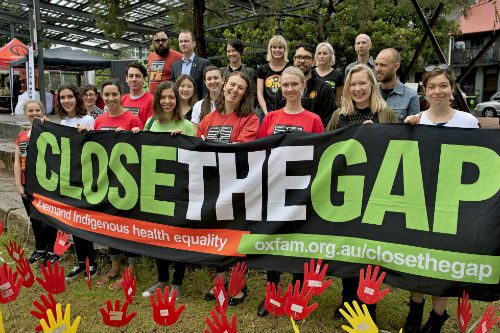
Take the 30 for 2030 challenge.
Signed the pledge already? Take the 20 for 2030 challenge and ask your friends and colleagues to support healthy equality for all.
